Playing musical instruments is a uniquely human activity. While other species might create sounds using parts of their body, none employ tools designed to modulate pitch. We call those tools musical instruments. Musicians use their fingers to manipulate those instruments, skilfully varying the frequency of notes they generate. Those ‘digital devices’, and the shapes they adopt when playing an instrument, are the subject of this article.
Hand motion
Hands and fingers have fascinated artists since time immemorial. Whether belonging to kings or commoners, adorned with rings or tattoos, they are a remarkable feature of human anatomy. People use them to convey information, press buttons, grip things, and play musical instruments. That musical link is what fascinates me.
Musicians’ hands are the means by which the music of the mind is translated into the music we hear. They are usually in motion, perhaps racing along a keyboard or marauding along a fretboard. Even when hands are stationary, fingers are moving, depressing trumpet valves or masking flute finger holes.
Through photography, we can freeze those motions and see exactly how those hands and fingers are arranged. When we do, we reveal miniature sculptures carved in flesh and blood.
Problems with focus and resolution
Photographing musicians’ hands is not without its challenges, though.
I recently reviewed the many photographs I have taken of musicians in performance. Although their hands were visible in most shots, in only a small percentage of images were the hands clearly delineated. I could see several reasons for this.
Firstly, my primary point of focus was typically the musician’s face. Since the setting was indoor, in low light, I shot at wide apertures. The resultant narrow depth of field often did not encompass both face and hands.
A second issue was subject distance. I was sitting too far from the musician. Even with the superb lens and sensor of the Leica Q2 Monochrom, the 28mm field of view meant extreme cropping. In several cases, the images lacked sufficient detail.
Finally, musicians’ hands and fingers are indeed moving. Avoiding blur requires fast shutter speeds. Initially, my shutter-speed choices were too timid. Eventually, I realized I needed to set a high minimum shutter speed (1/500s) and high maximum ISO (10,000) in my AUTO ISO settings.
My success rate improved as a result. And with some images, I could manage the resultant noise using the new AI Denoising feature in Lightroom. It is not available, though, for images generated with a monochrome sensor.
A seat with a view
I mentioned in an earlier article that a seat with a view along the piano keyboard is the most sought-after in the room. On many occasions, I was able to secure this prime spot without having to elbow elderly ladies aside as I barged through the crowd. This vantage point offered the best chance of capturing a memorable image of a pianist’s fingers.
Judging the optimum shooting position in other situations was not so straightforward, especially with an ensemble performance. People’s heads, microphone stands, or other musicians, often obscured the hands I had hoped to photograph. So be it. On those occasions, I would just sit back, relax, and enjoy the music.
Two sets of fingers for the price of one
I consider capturing a sharp image of a musician’s fingers, arrayed aesthetically on their instrument, a personal triumph. Capturing both hands in a single frame is cause for wild celebration. To be fair, including both pianist’s hands in one shot is not so difficult, provided one has that view along the keyboard. However, usually, one hand is often barely visible behind the other. Recording a full view of both hands is a little trickier.
Occasionally, the hands of musicians playing stringed instruments, such as guitar, cello, or violin, find themselves in proximity. A photographer attuned to the piece being played can judge when the high notes are on the way. With practice, they can release the shutter as the fingers depressing the strings approach the fingers doing the bowing, plucking or strumming.
The hands and fingers speak
You might be wondering who these musicians are. All you know about them is which instrument they play and what their hands look like. But, those hands speak loudly.
Can you guess whether they are male or female? For the vast majority of them, I think you can. Those hairy arms and pudgy fingers incriminate the blokes. The arms, hands, and fingers of female musicians, while still muscular, are more finely structured.
Can you guess their age? I think it is obvious which hands belong to older musicians. Their wizened, wrinkly skin and sun spots are the giveaway. This is Southern California, after all.
What about ethnicity? This is trickier. Some are clearly Caucasian, but the others? Perhaps hands are the great leveller. Whether they belong to musicians of Asian, Hispanic, African American, or European descent, they are all beautiful and inspiring. All can make incredible music.
Digit-al photography
I hope my pun was not too groan-worthy. I also hope that, like me, you appreciate images of hands, especially those of musicians. For the palm readers out there, I apologise. The photos in this article have principally featured the sides and backs of hands. Where there was a glimpse of a palm, it was mostly concealed behind a microphone, maracas, or fretboard.
Having developed this interest in their hands and fingers, I am now adjusting my strategy for photographing musicians. I shall be focusing not just on faces, but also on digits. The set-ups which have delivered the crispest images have been a Leica 50mm APO f/2.0 Summicron SL, and Leica 24-70mm f/2.8 Vario-Elmarit, each mounted on a Leica SL2. The ease of manual focusing, lens sharpness, and image quality delivered by these systems is superb.
In a pinch, a Leica Q2 Monochrom is almost as good. But, on those occasions when an elderly lady beats me to a front-row seat, those longer focal lengths have the edge.
I have presented these photographs in black and white. In my view, the topology of hands and fingers is best appreciated in monochrome, free from the distractions of colour. Some images were captured directly on the monochrome sensor of the Q2 Monochrom. The remainder were converted to black and white using Lightroom.
What has been your experience of photographing hands? What camera gear have you used? Do you also consider hands things of beauty? What do you think is the most significant artistic representation of fingers? Does Michelangelo, or the Sistine Chapel Ceiling come to mind? Please let us know in the comments below.
Read more from the author
Want to contribute an article to Macfilos? It’s easy. Just click the “Write for Us” button. We’ll help with the writing and guide you through the process.

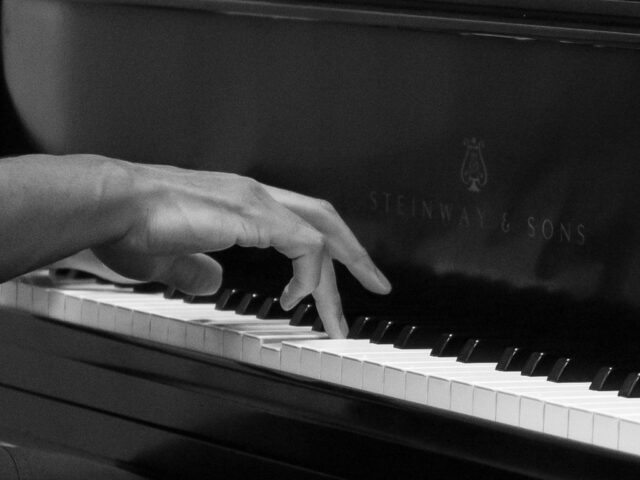
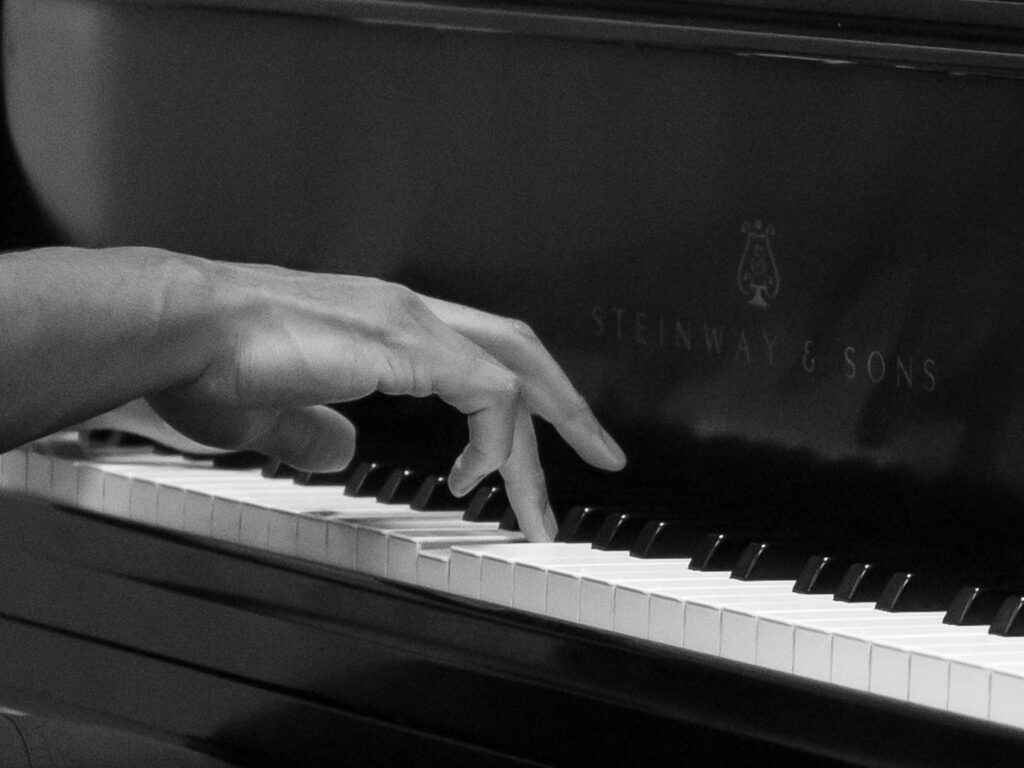
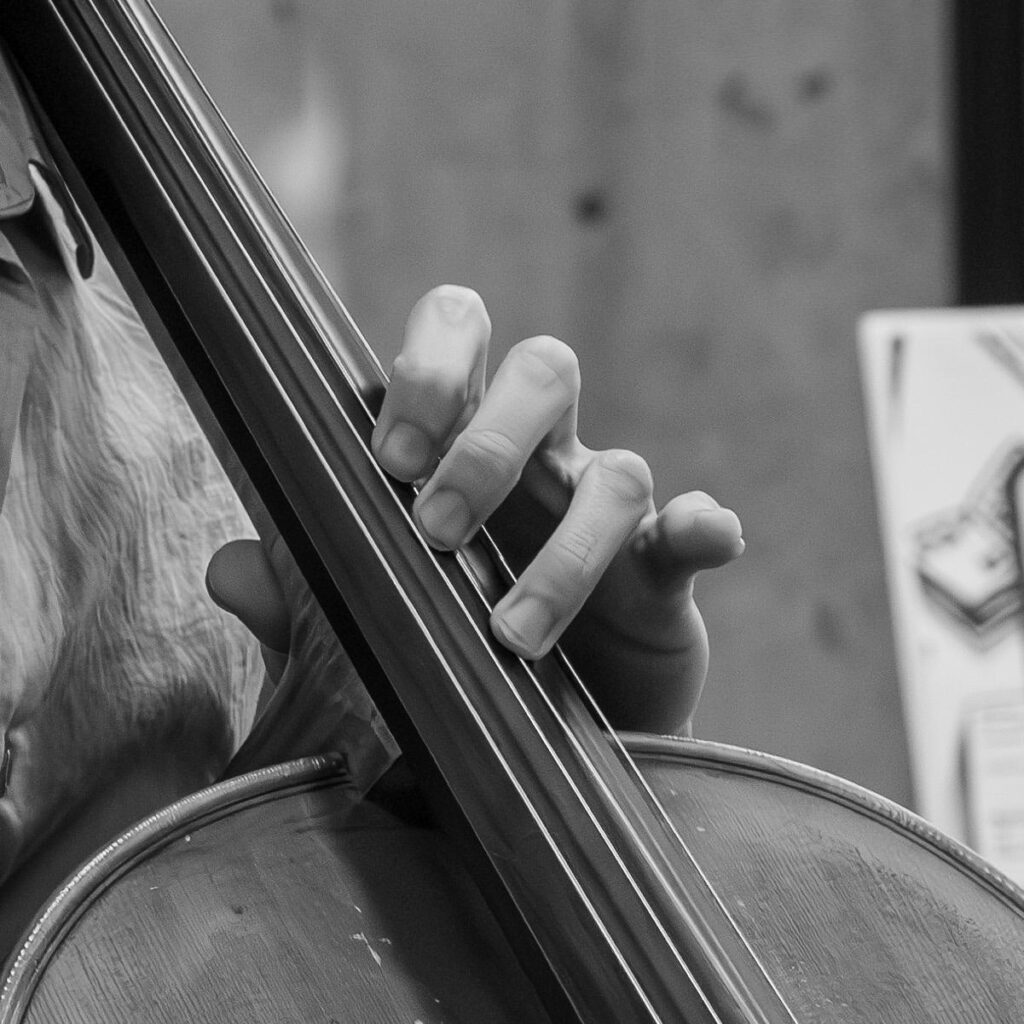
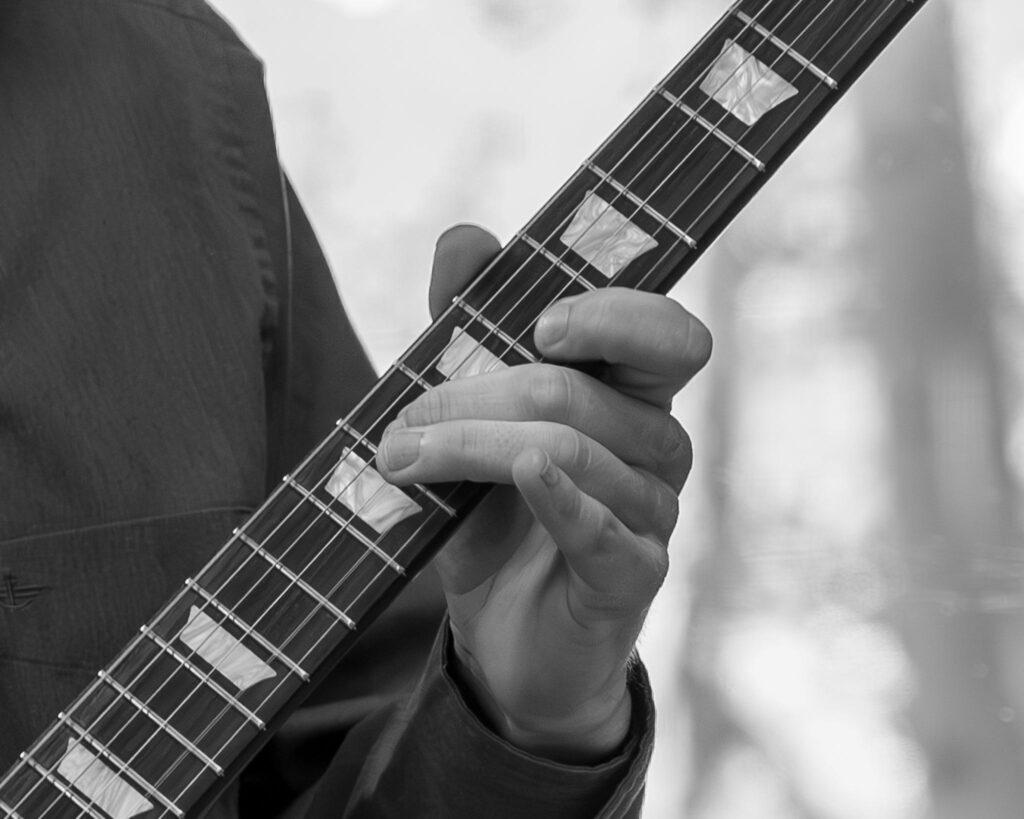
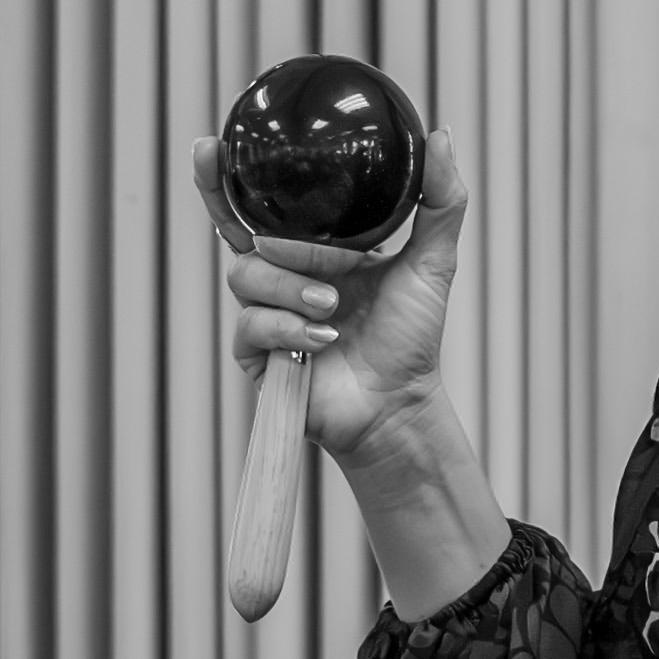
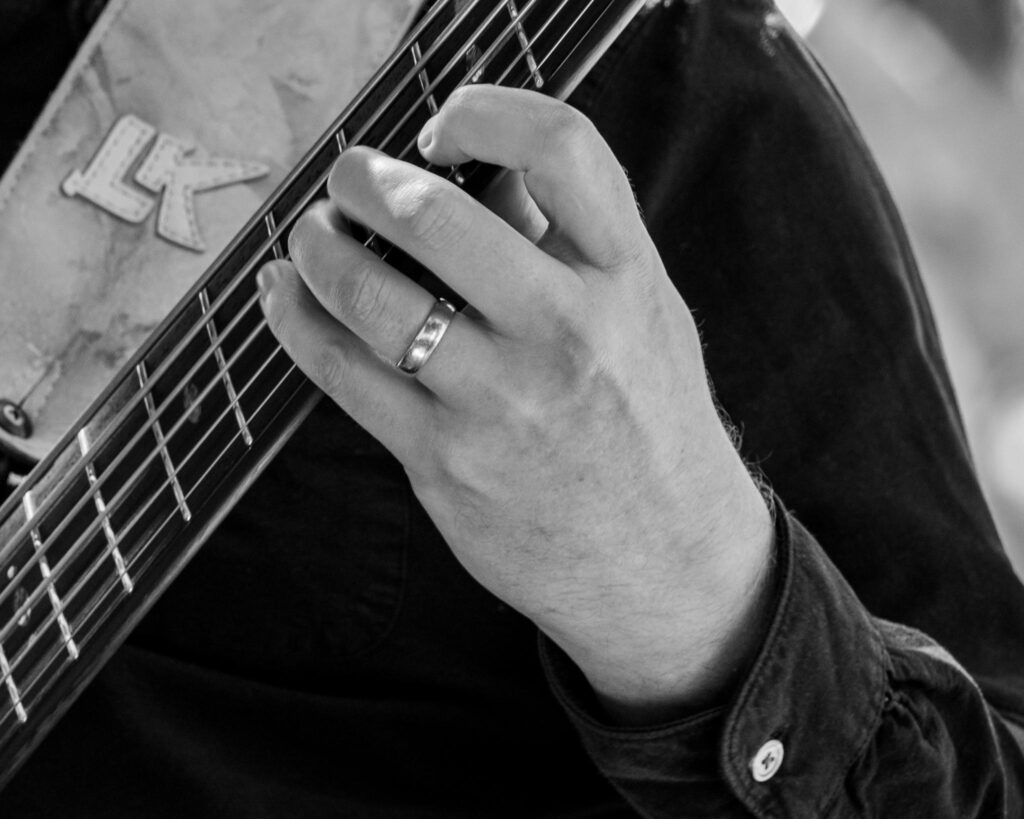
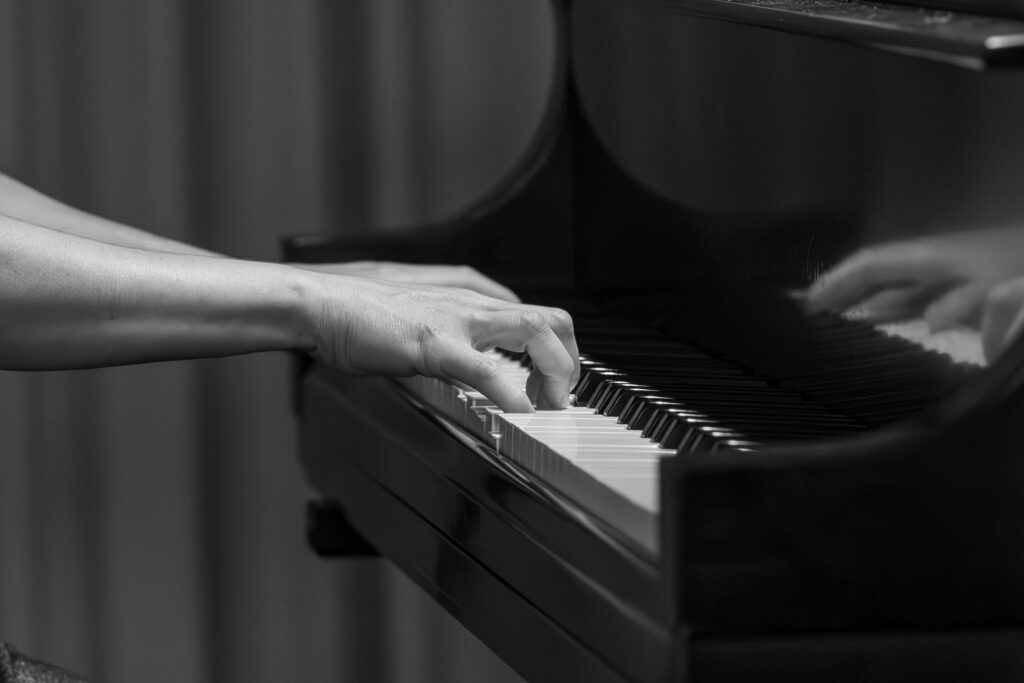
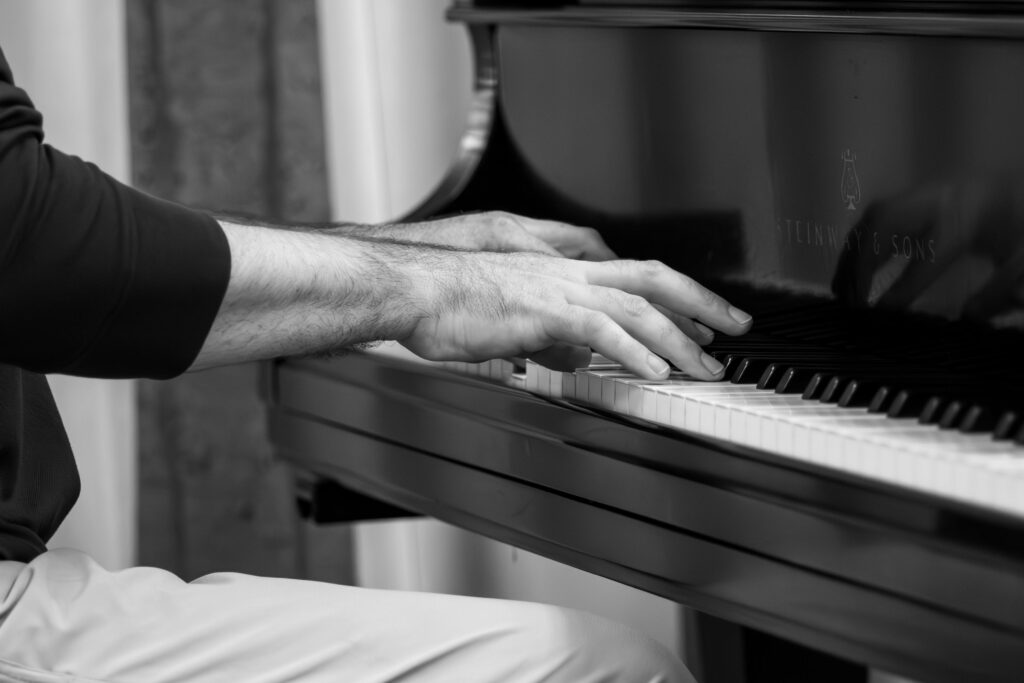
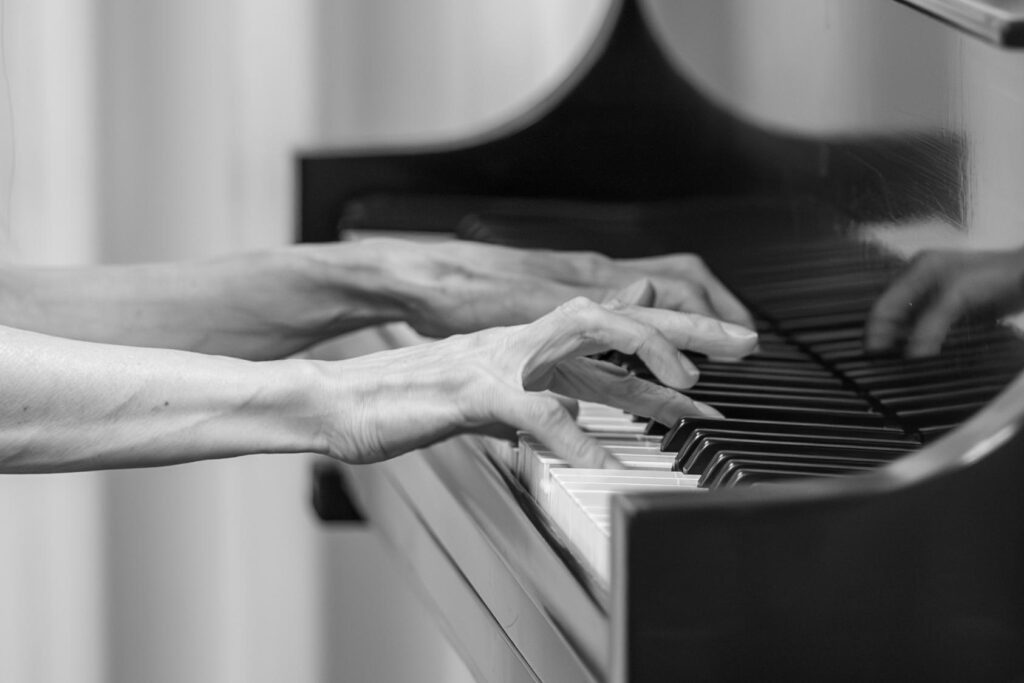
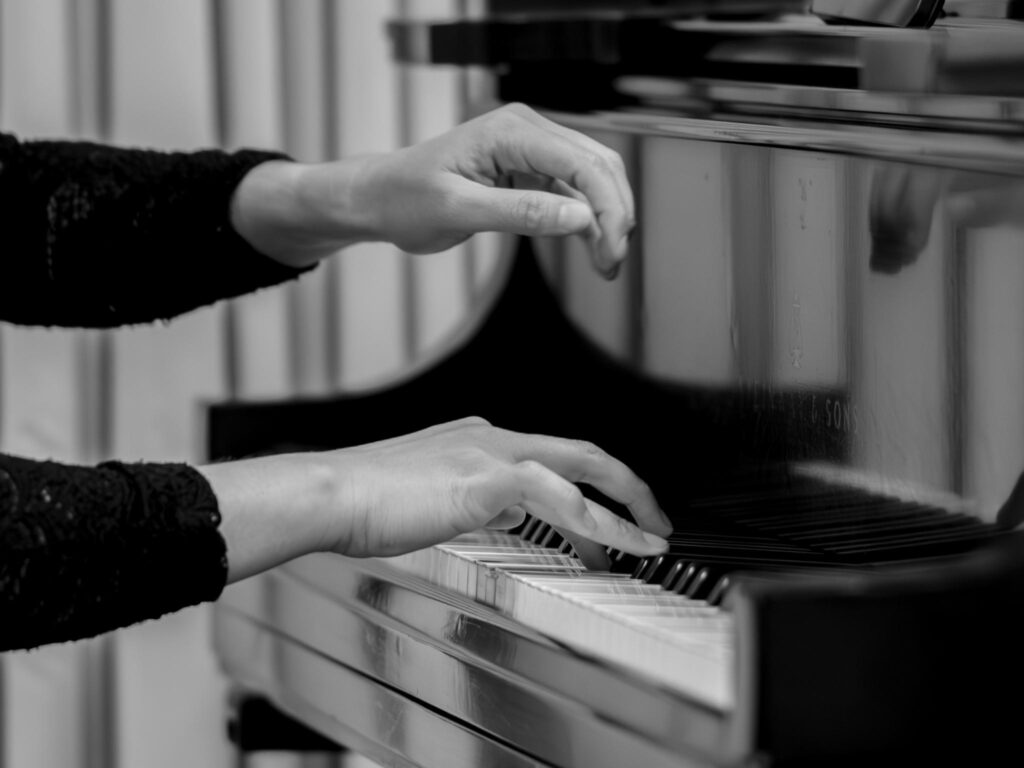
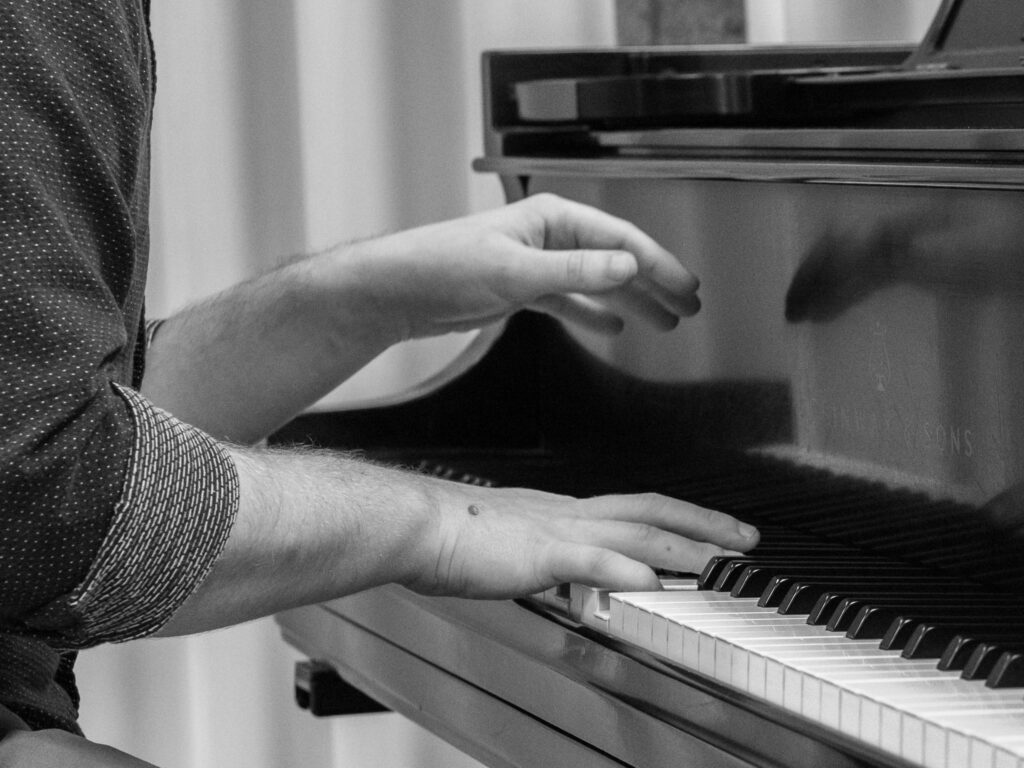
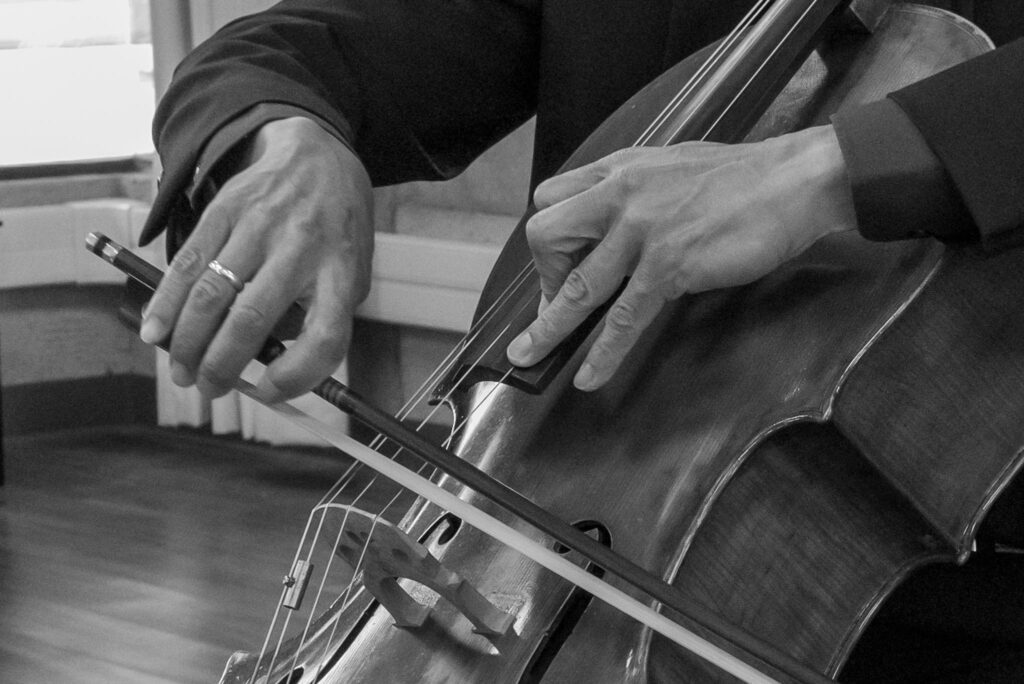
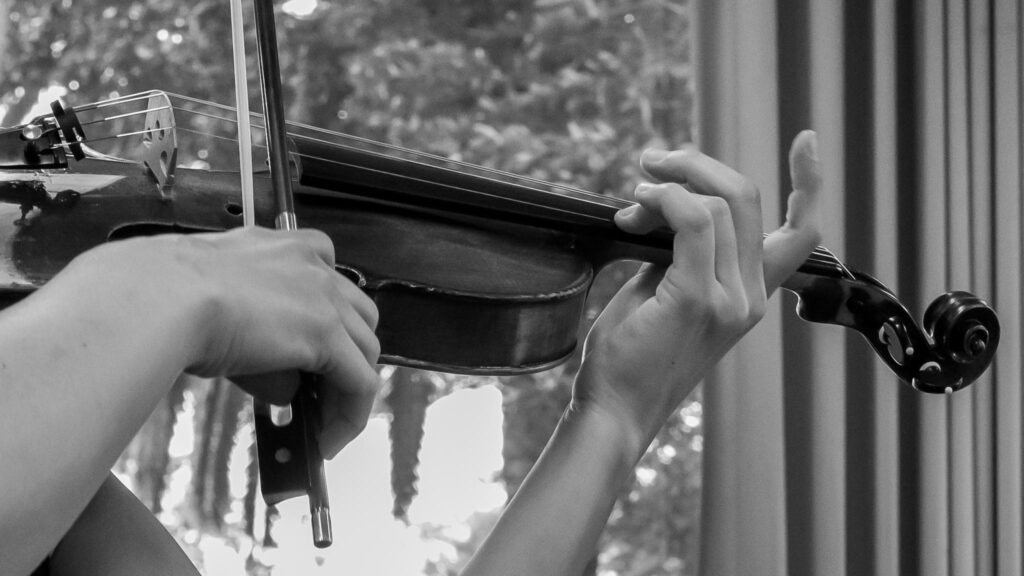
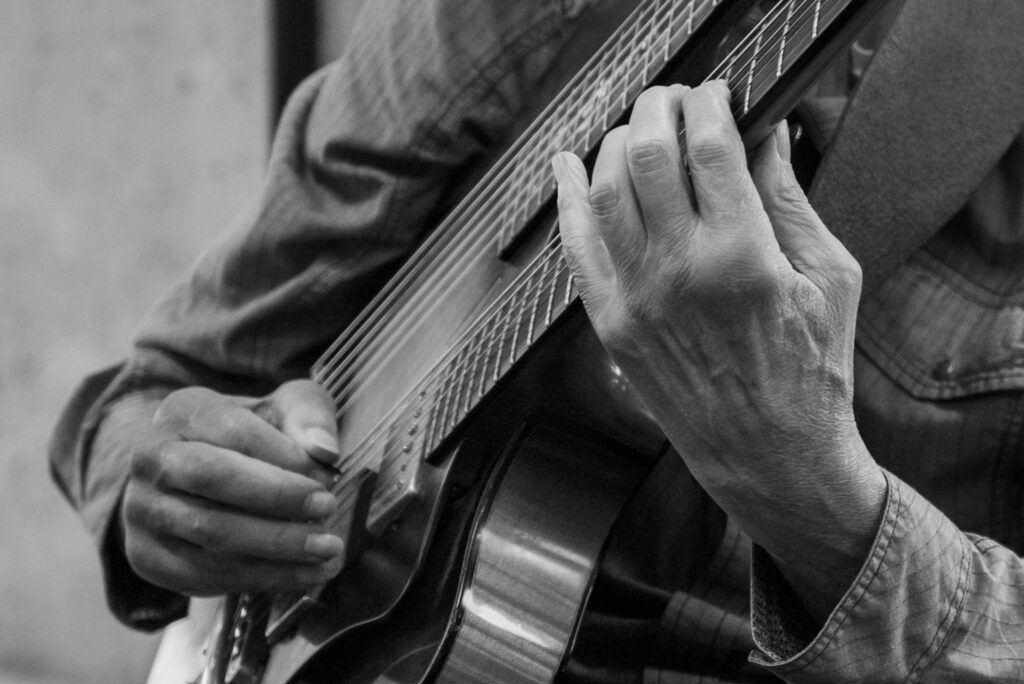
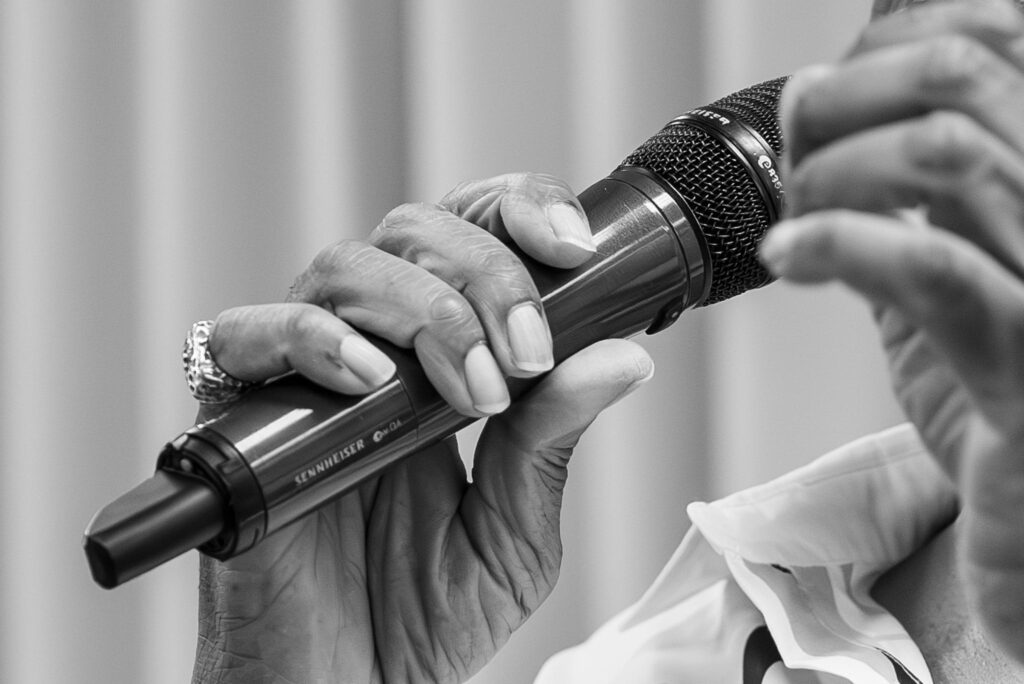
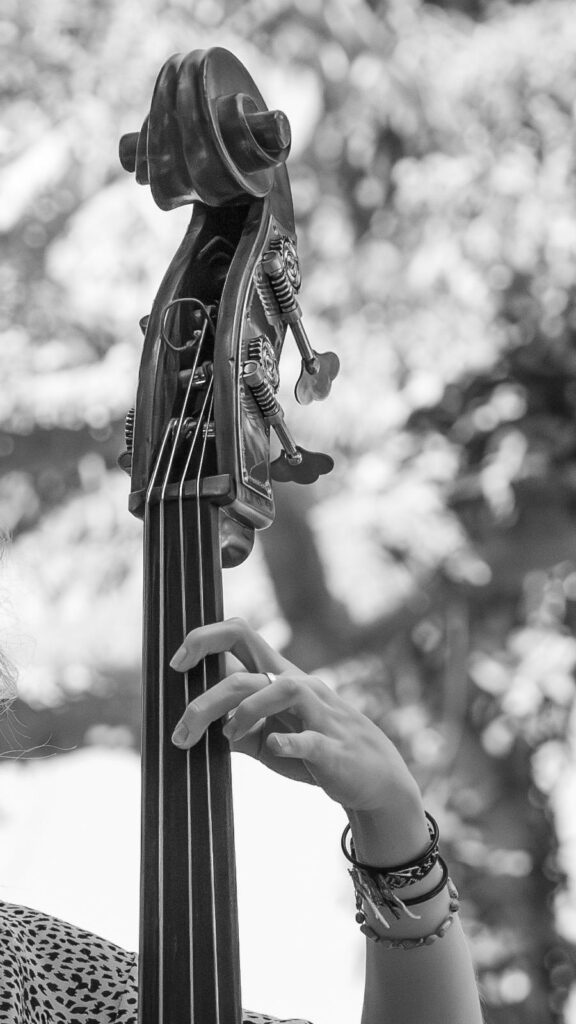
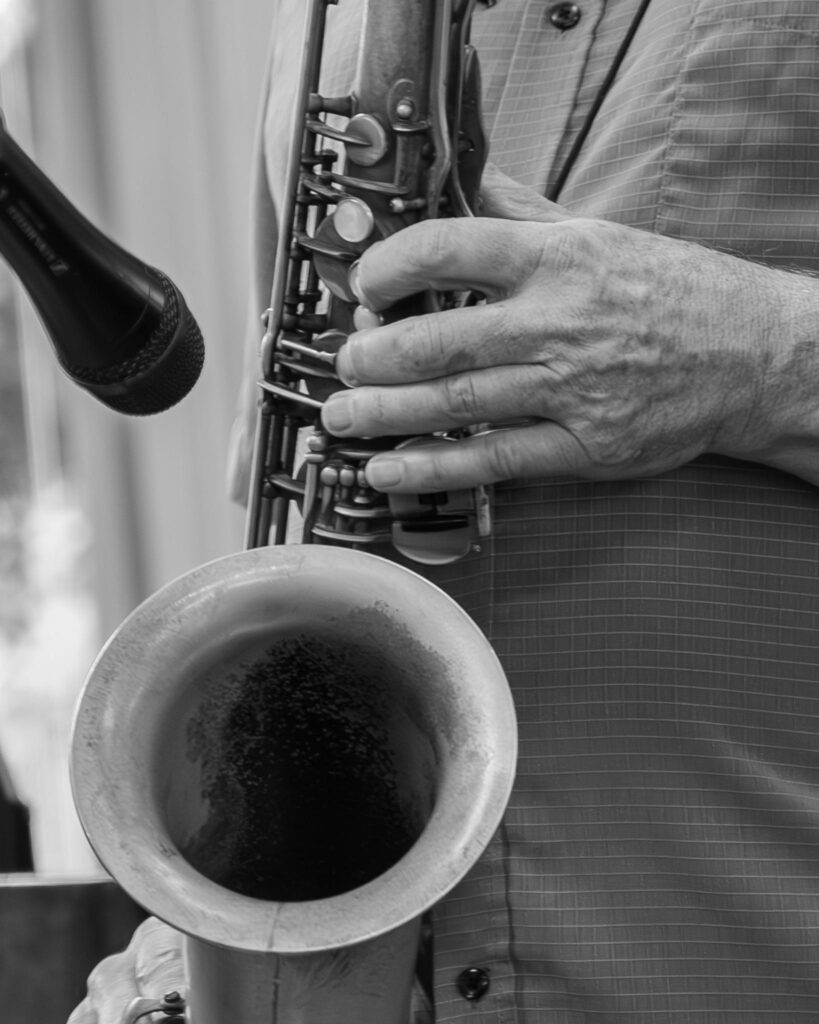
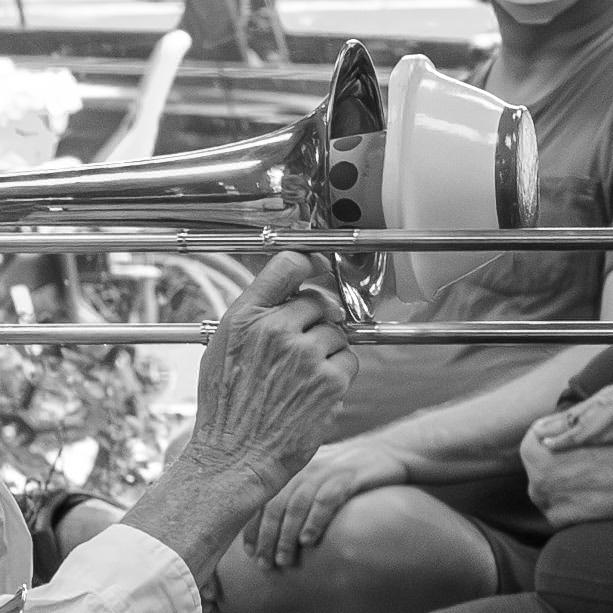
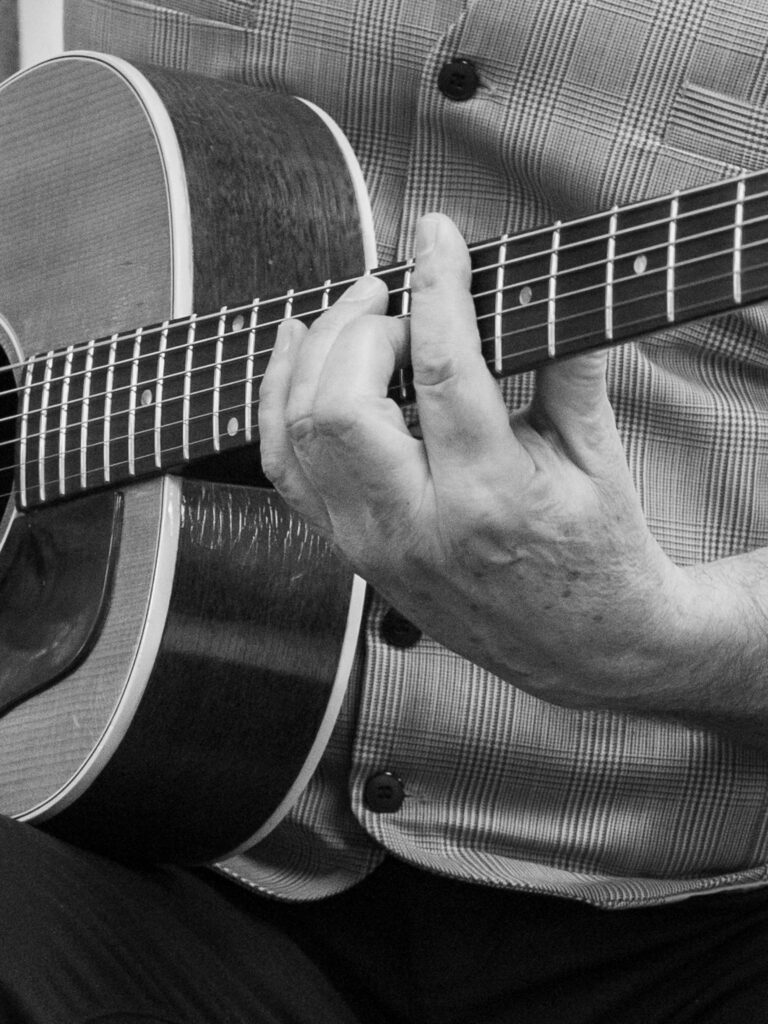
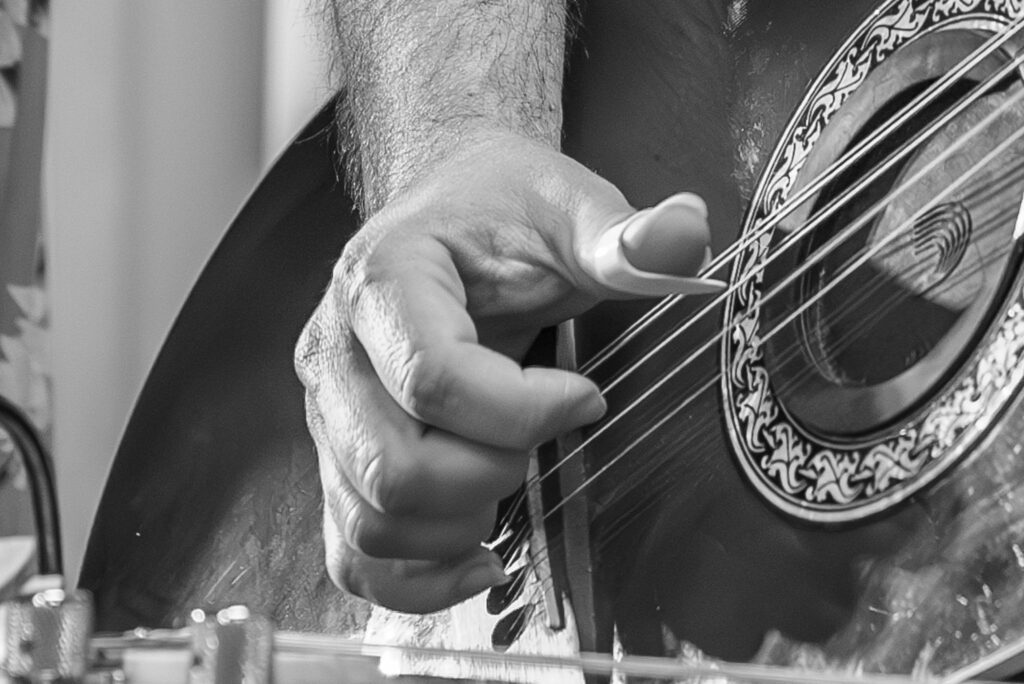





Thanks Keith.
I love this! A few years ago I captured a shot of the late Jeff Beck’s hands and you could see the bumps and callouses of years and years of playing guitar his way. It might be interesting to do the same with other famous guitarists’ hands. Your guitarist shot with the twin-neck guitar makes me think of Pat Metheny.
Chefs’ hands might also be interesting as they usually have plenty of battle scars from cuts and burns in high intensity work.
One of the simple projects I started a few years ago and then got distracted from was photographing my wife’s hands each year on her birthday. All you need is a consistent white wall. Our hands show aging and the repetitive practices of work so they can be fascinating studies with back stories.
Lots of fun to be had with something that doesn’t need to be complicated.